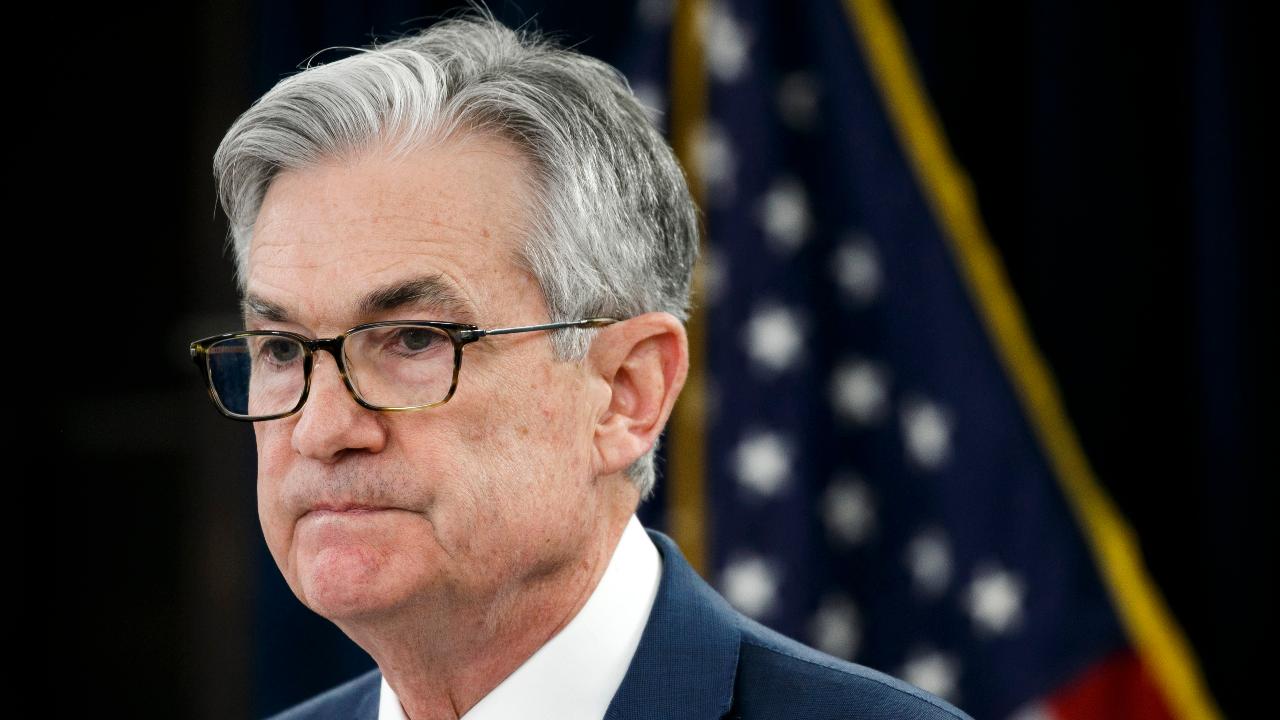Fed's Rosengren says more support likely needed to bolster US economy
Rosengren maintained that the U.S. unemployment rate will likely be 'at double-digit levels' at the end of 2020
The continued spread of the novel coronavirus could hamper the U.S. economic rebound from the pandemic, and more fiscal and monetary support will likely be needed, Boston Federal Reserve President Eric Rosengren said on Friday.
Rosengren repeated his view that the U.S. unemployment rate will likely be “at double-digit levels” at the end of 2020 and cautioned against reopening the economy too quickly after the end of lockdowns aimed at containing the virus.
FED'S POWELL STRESSES FULL US ECONOMIC RECOVERY HINGES ON VIRUS CONTROL
“So far, in the United States efforts to contain the virus have not been particularly successful,” Rosengren said in remarks prepared for a virtual event organized by the Greater Providence Chamber of Commerce. “This lack of containment could ultimately lead to a need for more prolonged shut-downs, which result in reduced consumption and investment, and higher unemployment.”

The Federal Reserve Bank of Boston's President and CEO Eric S. Rosengren speaks during the "Hyman P. Minsky Conference on the State of the U.S. and World Economies," in New York, April 17, 2013. REUTERS/Keith Bedford (UNITED STATES - Tags: BUSINESS P
The U.S. central bank moved quickly to support the economy by cutting interest rates to near zero and rolling out a slew of emergency lending facilities meant to keep credit available for businesses and households. In his remarks on Friday, Rosengren said those moves likely were not enough.
FED'S POWELL WARNS 'SIGNIFICANT' NUMBER OF AMERICANS COULD REMAIN UNEMPLOYED AFTER VIRUS RECOVERY
“Despite these important policy actions to date, I believe more support is likely to be needed from both monetary and fiscal policy,” he said.
The Fed’s Main Street Lending Program, which targets small and medium-sized businesses, was officially launched this week after nearly three months of planning. Some small lenders and small business consultants said the program may not be a good fit for many of the businesses struggling because of the coronavirus.
VIRUS PANDEMIC POSES ANOTHER CHALLENGE TO US ECONOMY: A COIN SHORTAGE
But Rosengren said that recent changes the Fed made to expand the program should make it attractive to more borrowers.
“These are still early days in the program, and we are seeing a steady stream of interest,” Rosengren said.




















